Aug 22, 2017 · In this pilot study, we determined the core fecal microbiota composition and overall microbiota diversity of domesticated herbivorous animals of three digestion types: hindgut fermenters, ruminants, and monogastrics.
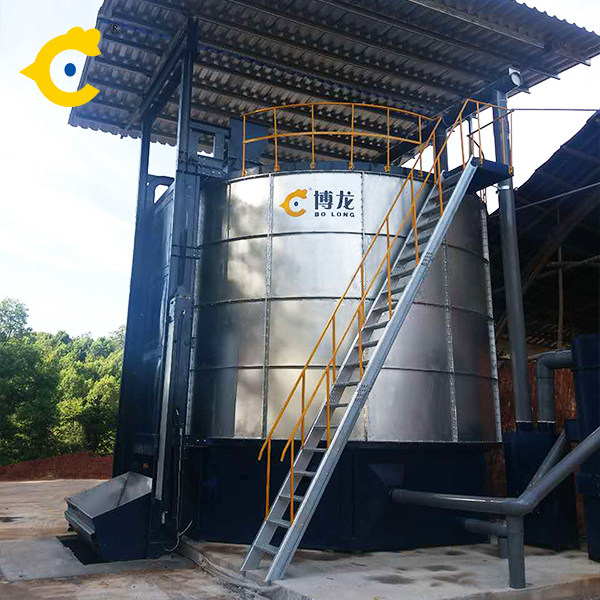
Aug 22, 2017 · In this pilot study, we determined the core fecal microbiota composition and overall microbiota diversity of domesticated herbivorous animals of three digestion types: hindgut fermenters, ruminants, and monogastrics.
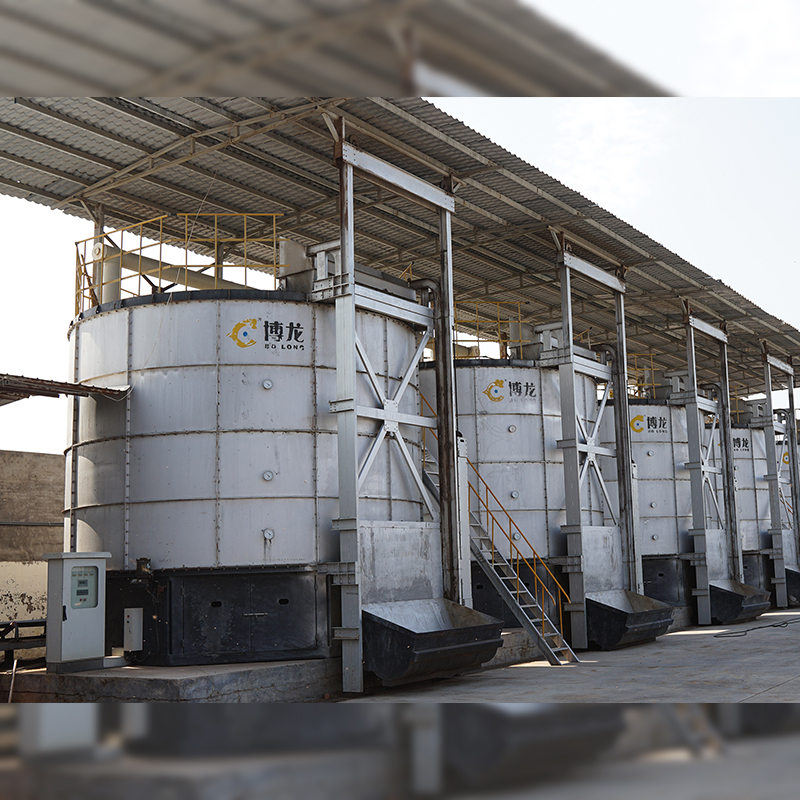
Mar 8, 2022 · The fermenter design requires enhanced efficiency and authentication of the desired parameters with a high-quality product at a low cost. The fermenter’s strategy and mode of operation are focused on the output of microorganisms, the product’s cost, the condition required for the anticipated product development, and the scale of production.
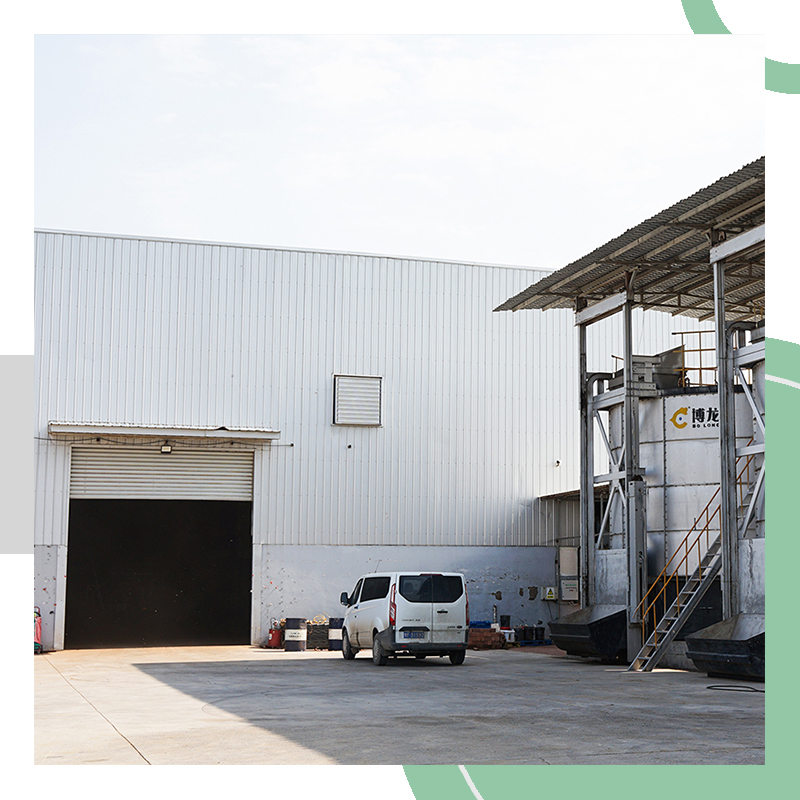
Apr 25, 2024 · The importance of ruminal microbiota in ruminants is emphasized, not only as a special symbiotic relationship with ruminants but also as an interactive and dynamic ecosystem established by the metabolites of various rumen microorganisms. Rumen microbial community is essential for life maintenance and production as they help decompose and utilize fiber that is difficult to digest, supplying
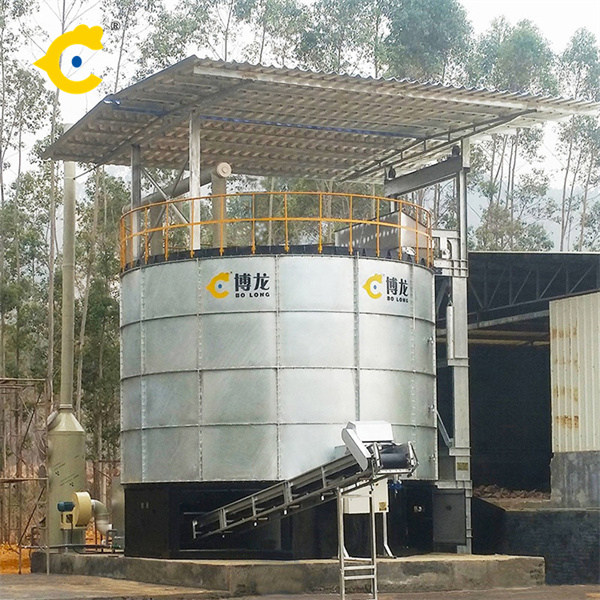
Dec 24, 2022 · There are various types of fermentation which occur at the industrial level such as ethanol fermentation and fermentation processes used to produce food and wine. The ability to utilize the fermentation process in anaerobic conditions is critical to organisms which demand ATP production by glycolysis.
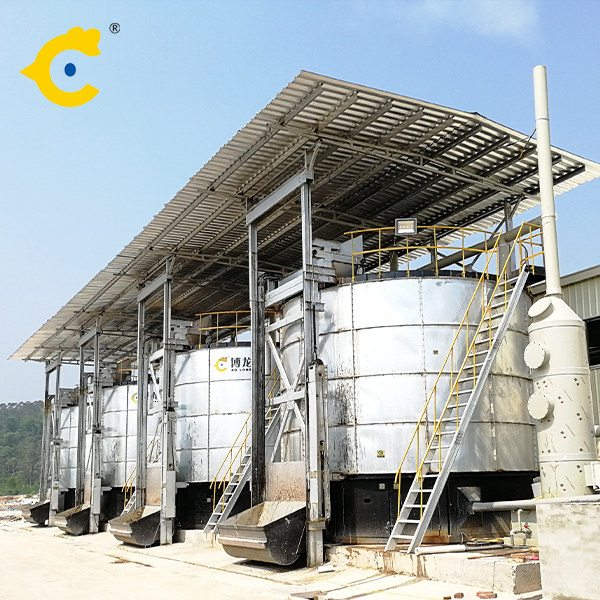
May 21, 2021 · Lactobacilli in Fermented Dairy Products. The basic fermentative process carried out by lactobacilli can already deliver dairy products with enhanced nutritional properties, as they are able to remove antinutritional factors (mainly lactose and galactose, preventing lactose intolerance, or galactosemia), increase the digestibility and the biological value of the proteins.

The rate of ATP generation in fermentation depends on the rate of fermentation, the fermentation profile, and the ATP generated in each fermentation pathway. Acetate production generates ATP through substrate level phosphorylation, the same as propionate non-randomizing pathway.

A Fermentor is a device used to accomplish the fermentation process by using microorganisms, and for this reason, it is also called “Biofermentor or Bioreactor“.It is equipped with all the elements that are necessary to carry out the commercial production of substances like antibiotics, enzymes, beverages etc. in many industries.

Fermentation is at the core of food traditions around the world, and the study of fermentation crosscuts the social and natural sciences. This symposium sought to foster interdisciplinary conversations integral to understanding human-microbial cultures.

Livestock fermentation tanks help mitigate these impacts. This article explores the environmental benefits of fermentation tanks in livestock farming. Greenhouse Gas Reduction: Fermentation tanks reduce methane and nitrous oxide emissions from manure management. This contributes to climate change mitigation and supports sustainable farming

This review aims to expand the process of ruminal fermentation in consideration of new literature to develop novel to enhance livestock performance and mitigate the environmental impacts of ruminants.
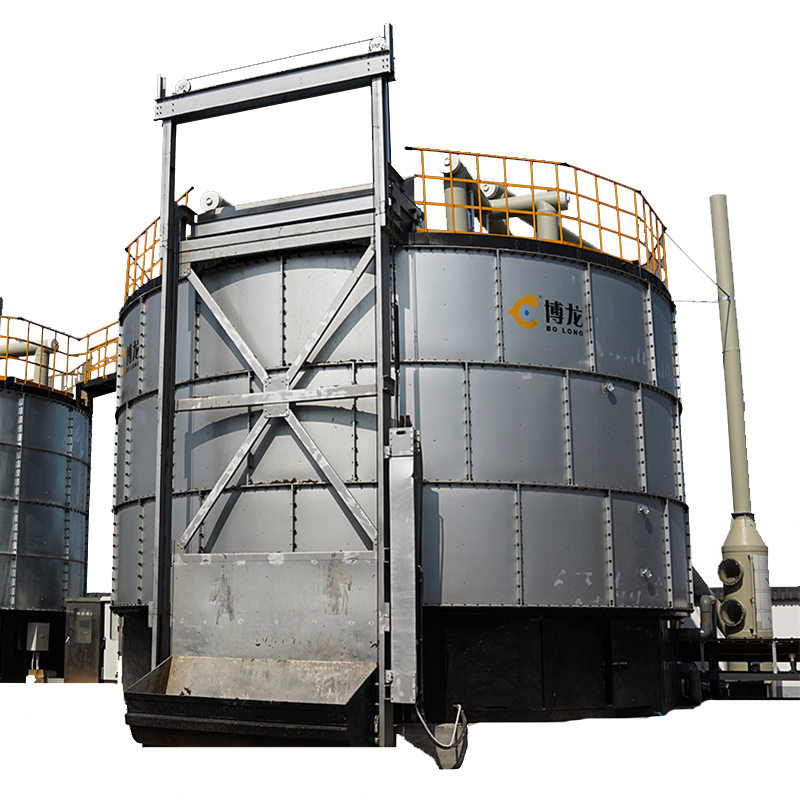
May 2, 2023 · Anaerobic digestion of animal manure results in the production of renewable energy (biogas) and nutrient-rich biofertilizer. A further benefit of the technology is decreased greenhouse gas emissions that otherwise occur during manure storage. Since animal manure makes anaerobic digestion cost-efficient and further advance the technology for higher methane yields, it is of utmost importance to
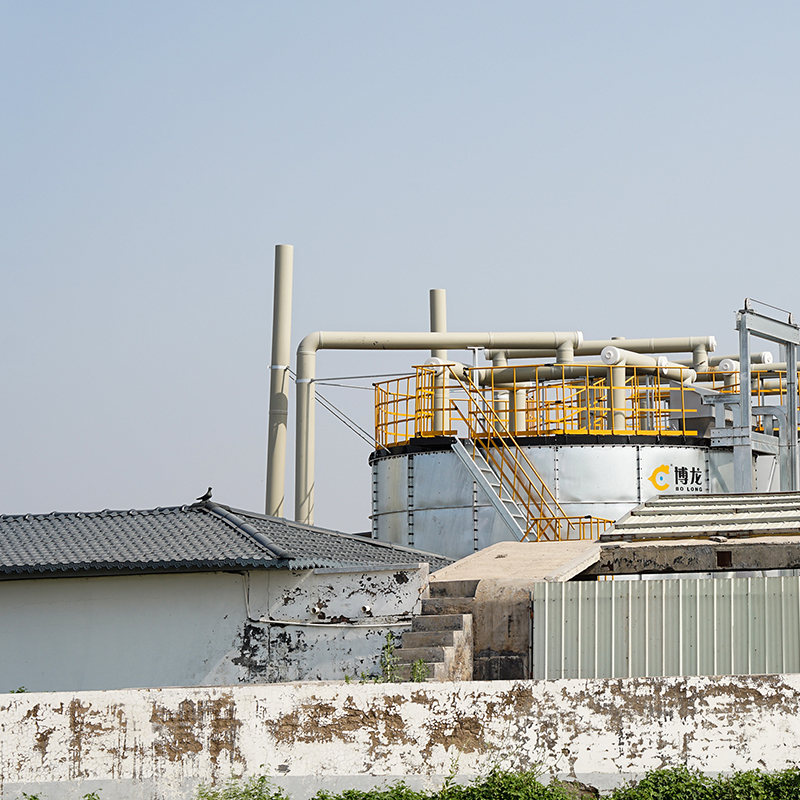
Jul 31, 2024 · Study with Quizlet and memorize flashcards containing terms like Fermentation is a chemical reaction in which a microorganism uses a ____ as an energy source, which changes the chemical environment of a food., The lactose in milk is fermented by ____ to make cheese and yogurt., Which of the following is the correct definition of cellular respiration? and more.
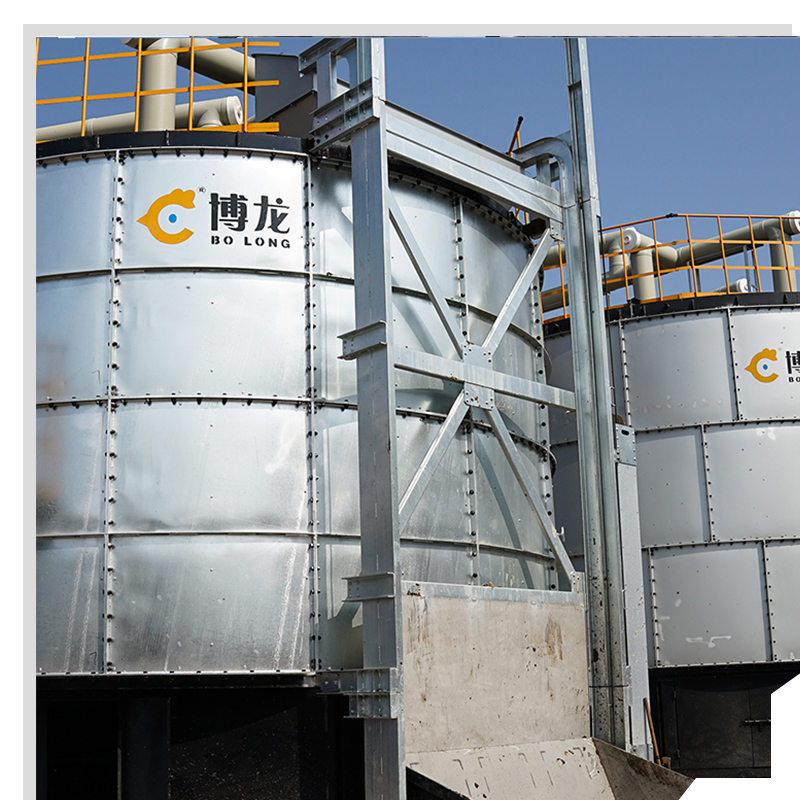
Feb 16, 2022 · Bailey & Scott’s Diagnostic Microbiology. Editors: Bettey A. Forbes, Daniel F. Sahm & Alice S. Weissfeld, 12th ed 2007, Publisher Elsevier. Clinical Microbiology Procedure Handbook, Chief in editor H.D. Isenberg, Albert Einstein College of Medicine, New York, Publisher ASM (American Society for Microbiology), Washington DC.
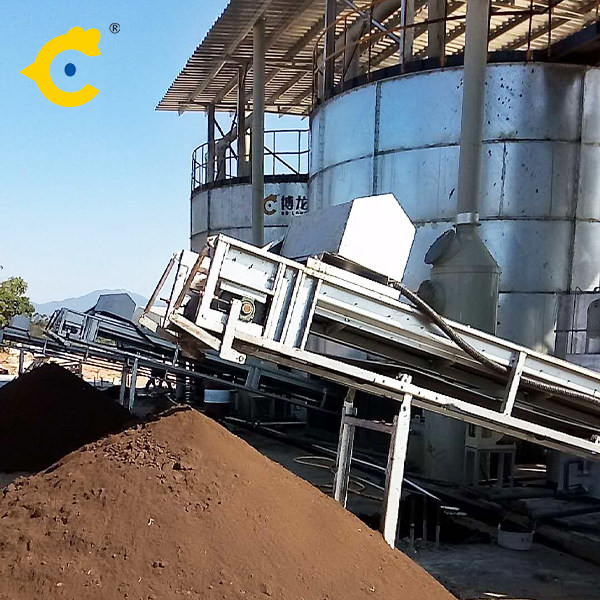
Jun 24, 2008 · Livestock fermentation tanks can be integrated with renewable energy systems to enhance sustainability. This article explores the potential for renewable energy production from fermentation tanks. Biogas Generation: Fermentation tanks can be combined with anaerobic digesters to produce biogas from manure. This biogas can be used for electricity

Apr 17, 2023 · In industrial microbiology, the phrase fermentation is generally used to describe a wide range of metabolic processes carried out by microbes regardless of whether fermentative or respiratory metabolism is involved. Fermentation is the process in which microbes catalyze the conversion of a suitable substrate molecule to a desired end-product.